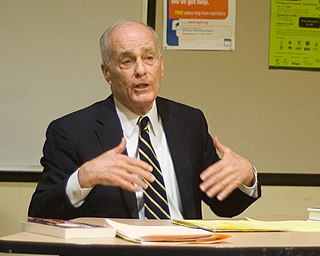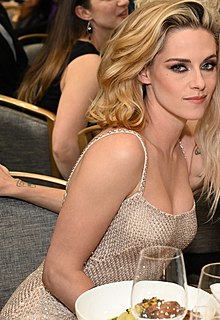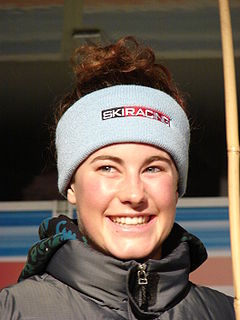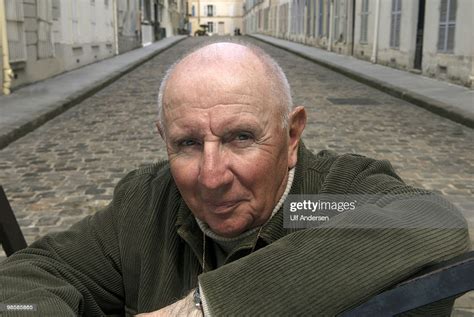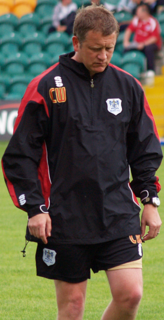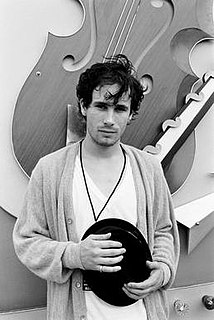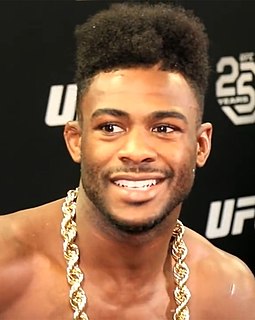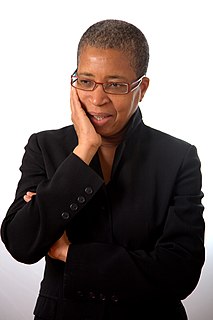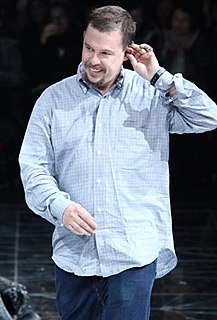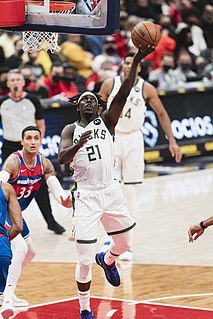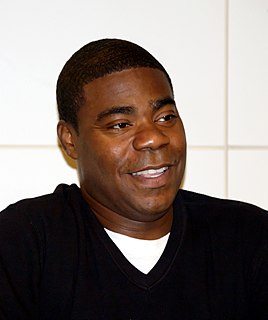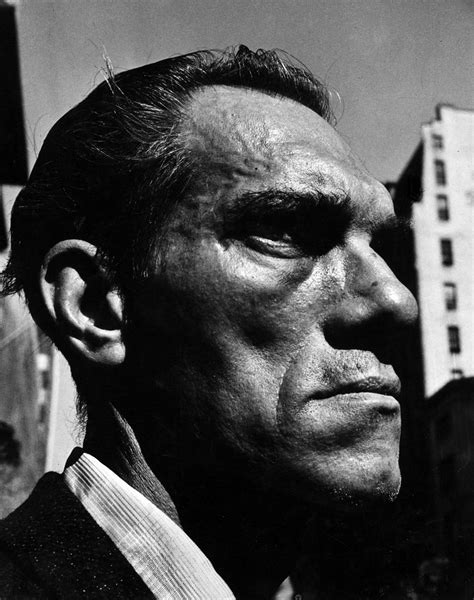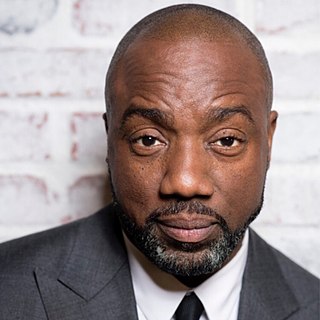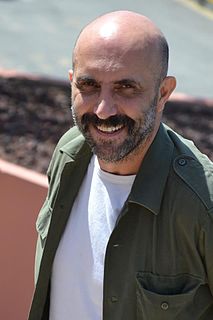A Quote by Ava DuVernay
I don't even really see sit-ins and marches as passive. I see them as quite assertive. I see those as emotionally aggressive tactics. I see people putting their lives on the line and being bold and brave.
Related Quotes
I have realized that you can close yourself off to life if you put walls up, but it's a difficult thing ... You can't see over, people can't see in, and you also can't see out. So I've gotten quite comfortable with just being unafraid. I keep saying the same thing: it's not about being fearless but really just embracing the fears and using them.
For me being able to see all different places where I've skied and cherish them, and be able to see them - really see them - is something that I'm passionate about. I'm into photography, so I really enjoy taking photos of all the places that I've gone. I think that's the coolest part about being an Olympic sportsman, I get to travel around and see the world for free, technically. And get to see different cultures, and all the different people that I've met along the way - it's a pretty awesome job.
When I say: "I'm looking at you, I can see you", that means: "I can see you because I can't see what is behind you: I see you through the frame I am drawing. I can't see inside you". If I could see you from beneath or from behind, I would be God. I can see you because my back and my sides are blind. One can't even imagine what it would be like to see inside people.
Steve Jobs was not an engineer: He was a brilliant individual with this ability to see around corners, to see things that other people couldn't see. I've learned over the years in the Apple that there are some really talented people who can take the same evidence, the same facts, and look at them and see them in a way that interprets those facts entirely different than most people do.
It isn't a circle--it is simply a long line--as in geometry, you know, one that reaches into infinity. And because we cannot see the end--we also cannot see how it changes. And it is very odd by those who see the changes--who dream, who will not give up--are called idealists...and those who see only the circle we call them the "realists"!
I don't see people. I don't see men and women at all. When I see them, I see... their mothers and fathers. I see how old they are inside. Like when I look at the president, or anybody in a record company, or a store owner, I may see a little boy behind the counter with the face of an old man. And that's who I talk to.

